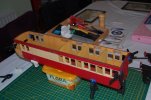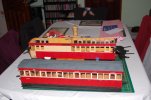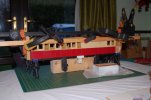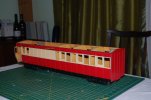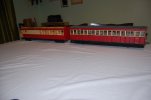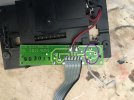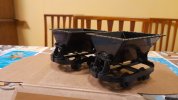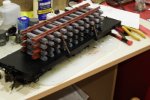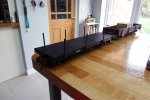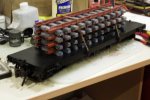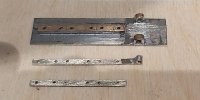The Shed
Citizen of the Republic of the North East.
Gasp! The price of this Book is rising faster than the price of Gold!Well, not at that price, at Abesbooks it's now £5330.66!
From the conversations over the last few days, IF I behave myself!!!, a later edition MAY appear for my forthcoming Birthday.....

